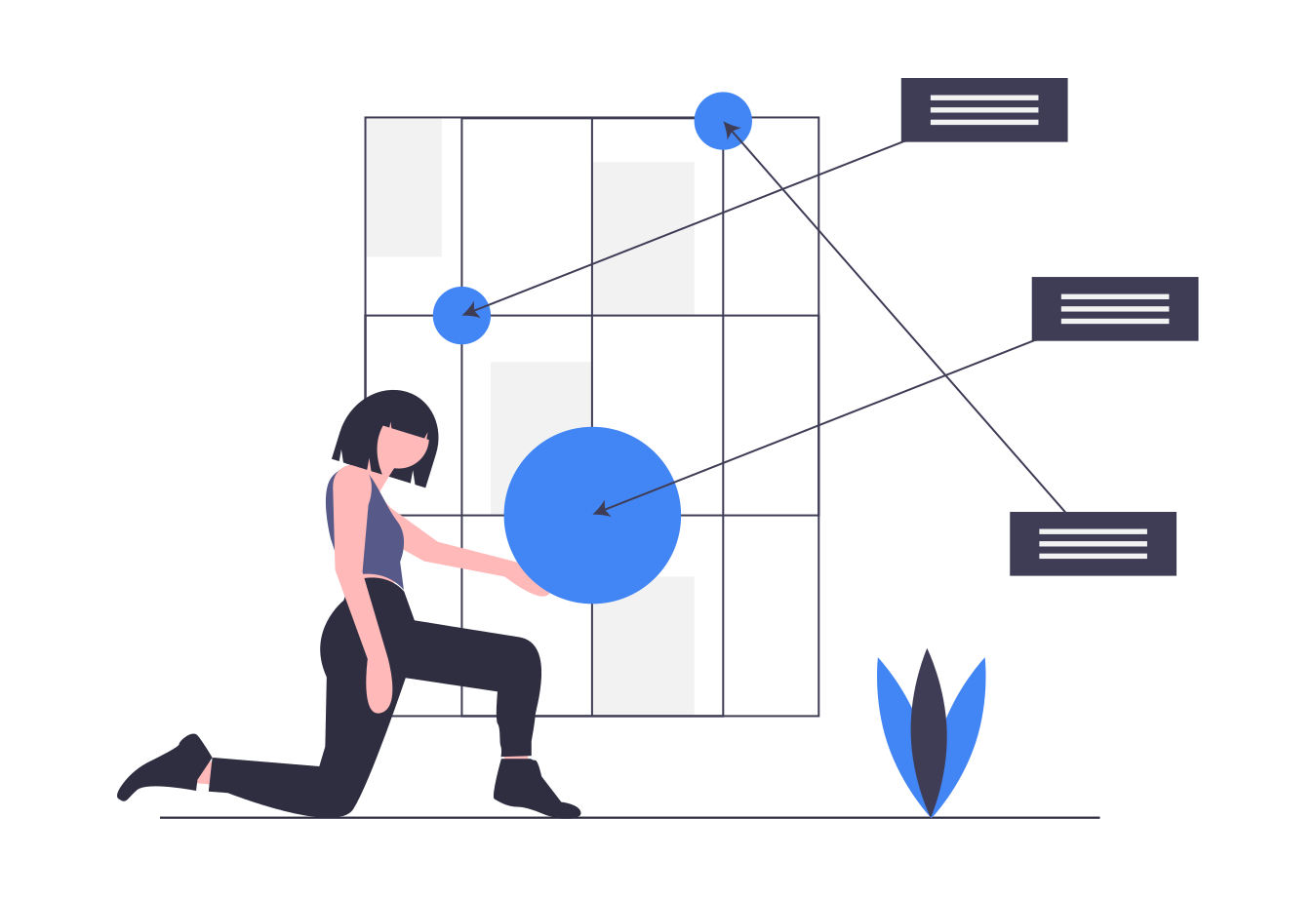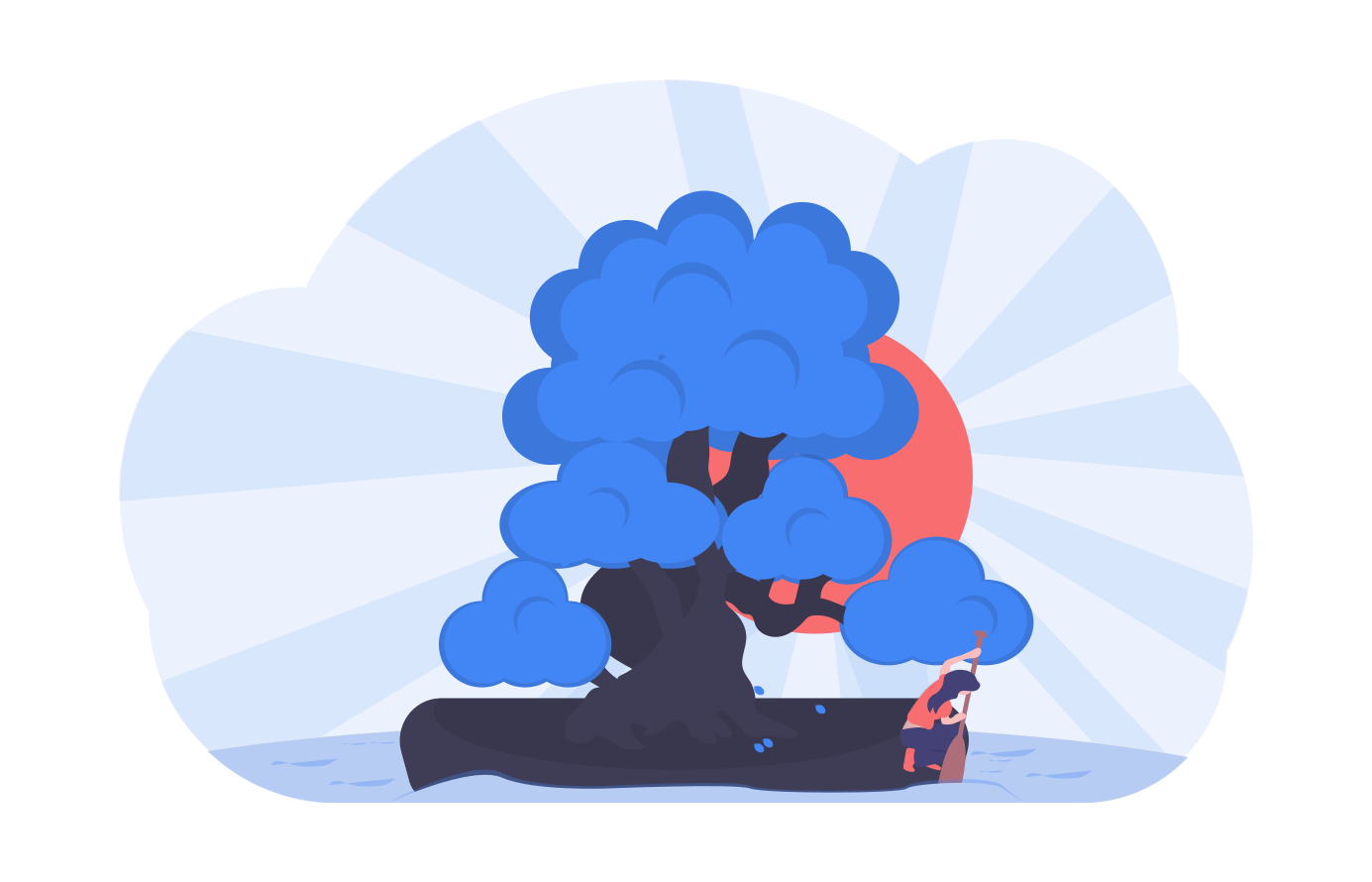What is the Toyota Kata?

The Toyota Kata concept was developed by Mike Rother. It is a way of managing teams, teaching them to adopt the methods used and perfected by Toyota.
In Japanese, kata (型) stands for a set of structured routine movements that a martial arts practitioner would deliberately engage in to ensure that specific moves become their second nature.
Why is Toyota Kata needed?
Mike Rother noticed that while there were plenty of companies besides Toyota achieving high levels of success with Lean, other companies were less successful. He suggested that although those other companies attempted to embrace Lean on the surface, leaders and staff did not change their core ways of thinking & acting.
In observation of several Lean initiatives and projects, he noticed the following:
- Companies start their Lean implementation with lots of excitement
- Some progress is achieved at the beginning, but the end target state is not reached
- Subsequent desired results are not fully achieved
- Companies return to their homeostasis, and their former way of operating
- Employee thinking and mindset does not change
Rother developed a systematic way of practicing Lean. One, that encourages leaders and employees to effectively change their thinking and behavior, as opposed to only going through the motions of a set Lean initiative.
The Toyota Kata concept distinguishes an Improvement Kata and a Coaching Kata.
Improvement Kata
The Improvement Kata is a way of practicing scientific thinking through the use of set goal-oriented, problem-solving routines. It has 3 phases:
- The planning phase
in which you determine where you want to get to, where you are currently, and what is the next step to take you closer to the goal. - The execution phase
in which you execute the plan and learn from it. This phase consists of many small experiments - as you hit roadblocks and overcome challenges, you learn what works and what does not. The goal is to deal with the problems that arise until the path to achieving your desired outcome is clear. - The adaptation phase
is the final phase, in which you look back at the overcome obstacles and adapt your plan and execution for the next cycle.
The Improvement Kata bases on the deliberate practice of a doing - feedback - adjustment loop. The most important part is identifying where you’re going wrong and discovering ways to improve that weakness. For example - a karateka who keeps dropping their hands during a fight would need to practice constantly keeping their hands up. In the same way, a software engineer who never tests their code could design a daily practice that would keep reminding them to test the solution before they deploy it.
Coaching Kata
For kata - a routine, an order of working - to exist, there has to be someone performing an activity and someone observing, reviewing, and providing direction on it. That is where the leader comes in, coaching their team members, preventing them from subconsciously reverting to old ways of working. Through their objective perspective, the coach also prevents the team from basing new habits on bad practices.
In the same way, that team members aren’t used to deliberate improvement practices; leaders are often not well versed in guiding employees’ improvement. Therefore, Coaching Kata exists to help leaders mentor their teams.
A coach can conduct 20-minute improvement sessions to ask questions that determine how the employee is currently thinking. They should also help the employee take the next step to optimize their growth and provide feedback on processes in their daily work. To check whether they are evaluating their performance correctly. A coach may also guide the employee through the learning process and ensure that they’re constantly practicing their kata.
| The five questions that the coach constantly reviews with the employee are: |
|---|
| What is the target condition, as related to the current state? |
| What is the current situation? |
| What do you think is preventing you from achieving the goal? |
| What next step will you implement? |
| How quickly will we be able to review what we’ve learned from this next step? |
How to use Toyota Kata for employee improvement?
Step 1: Analyse the value stream
Create a value stream map of the target process that you want to achieve. It will clearly express your vision and the benefits for the company to the employees you coach.
Did you know?
A Kanban Tool® board is a handy aid in a flexible value stream visualization. Show the value streams as board stages as - as you start to understand the process better - adjust them anytime, all the while involving the rest of the team in the mapping, getting their comments and views on the shared project board. Try it out for free!
Step 2: Reflect the goal on the current state
Look at the current value stream map with the employee and notice the differences between what it is and what you want to make it.
Step 3: Set the goal
Set short-term goals, naming the recommended steps and practices they have agreed to implement to reach their target.
Step 4: Monitor progress regularly
Have a 30-minute discussion with them every week to catch up on their progress and conclusions. Review their short-term progress once a month and sum up general status once every six months. It can be a good idea to provide rewards and incentives for achieving monthly and six-monthly targets.
Step 5: Do an annual review to reinforce the new habit-creating mindset
At the end of the year, review the employee’s performance based on their achieved goals, growth, and new habits formed.
The Toyota Kata can bring a new, dynamic way of guiding team members to improvement that far surpasses the typical OKR (Objectives and Key Results) environment of western managerial practices. In conjunction with what a company Hoshin Kanri program outlines, leaders can ensure that employees are growing and improving, adding to the company’s overall Lean goals. Furthermore, team members can look back and be satisfied with their new habits and a newly achieved mindset, making it more likely they will meet their next year’s goals too.

Toyota Kata & Kanban
It’s been said, that Toyota Kata is the perfect addition to a successful Kanban implementation, making for a truly Lean process. That is because the Kanban process cannot be tricked into showing you conditions other than the actual ones.
Kanban will also make it easy to gradually implement changes through its explicit policies and WIP limits. It will continuously measure your progress throughout the changes, making it clear whether the team has or has not mastered their kata.
How is Toyota Kata different from Kaizen?
Both of these concepts refer to process and performance improvement. The difference between them boils down to their methods or lack thereof. A continued effort to spot an improvement opportunity in your environment and take it would be engaging in Kaizen. But a more scientific, problem-solving, methodic approach to defining a problem and making a plan to eliminate it would be an implementation of Toyota Kata.
In many cases, the two ideas will overlap, and there is nothing wrong with that. In the end, the goal is always one: to make a change for the better. Some changes, e.g., those to complex processes relying on fluctuating decision-making, will be better to approach and measure methodically. Others, e.g., a one-time improvement to communication flow between team members, can be achieved instantaneously and be classified as a small Kaizen event.